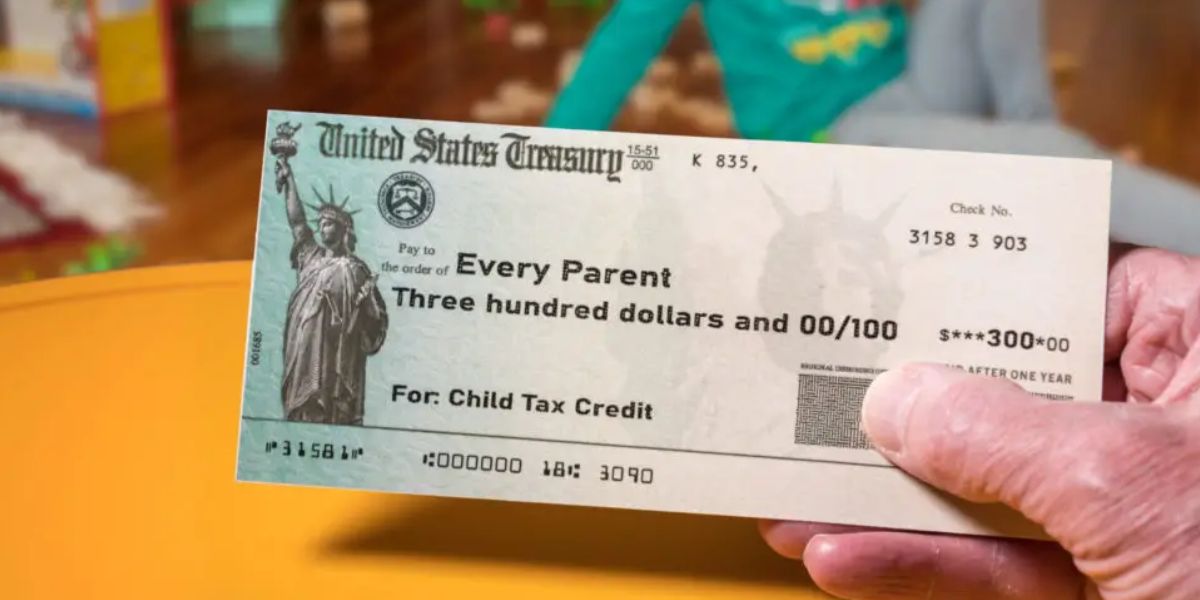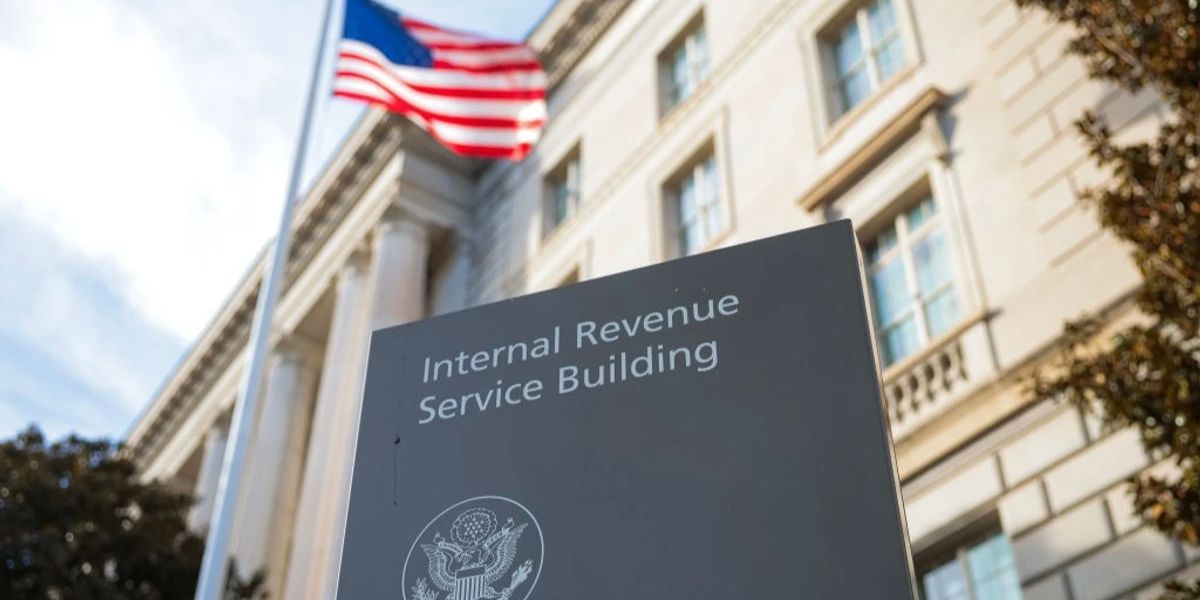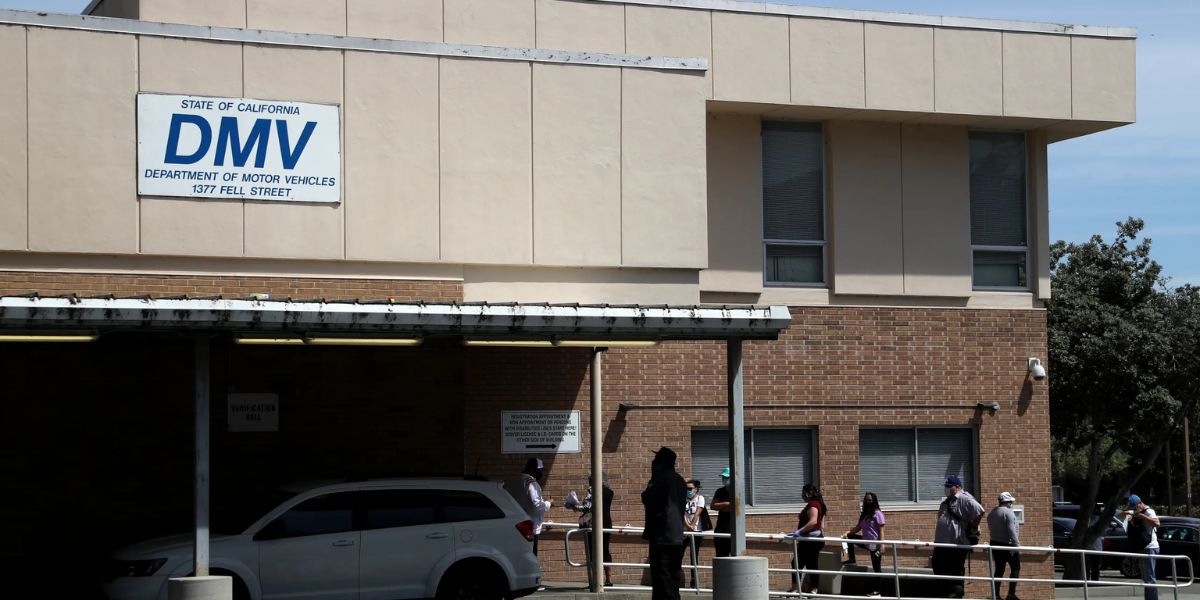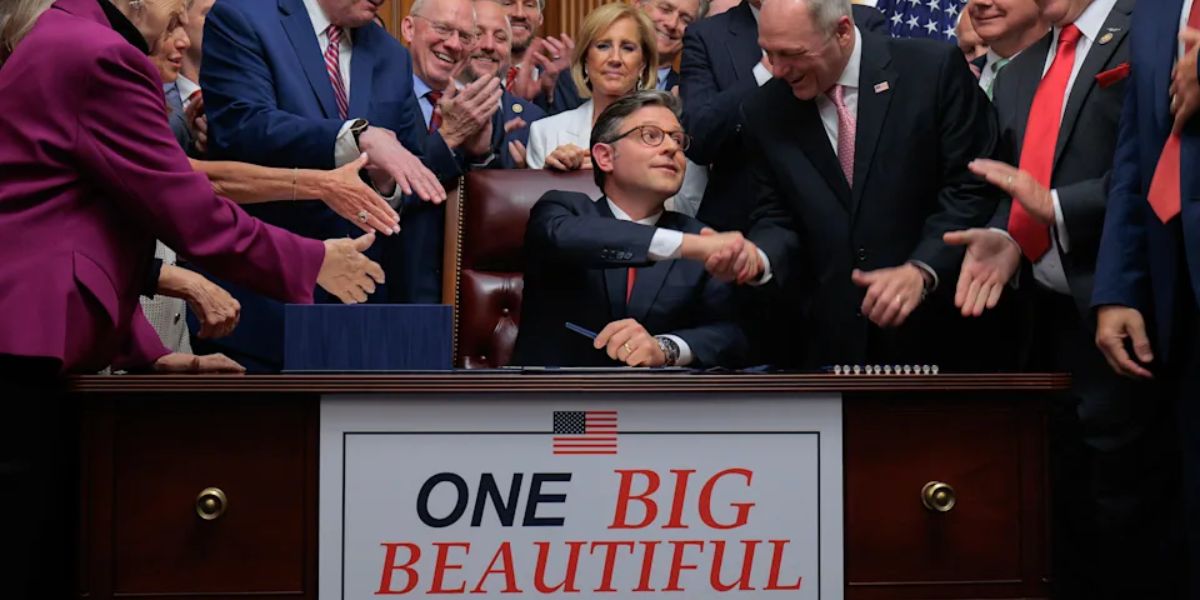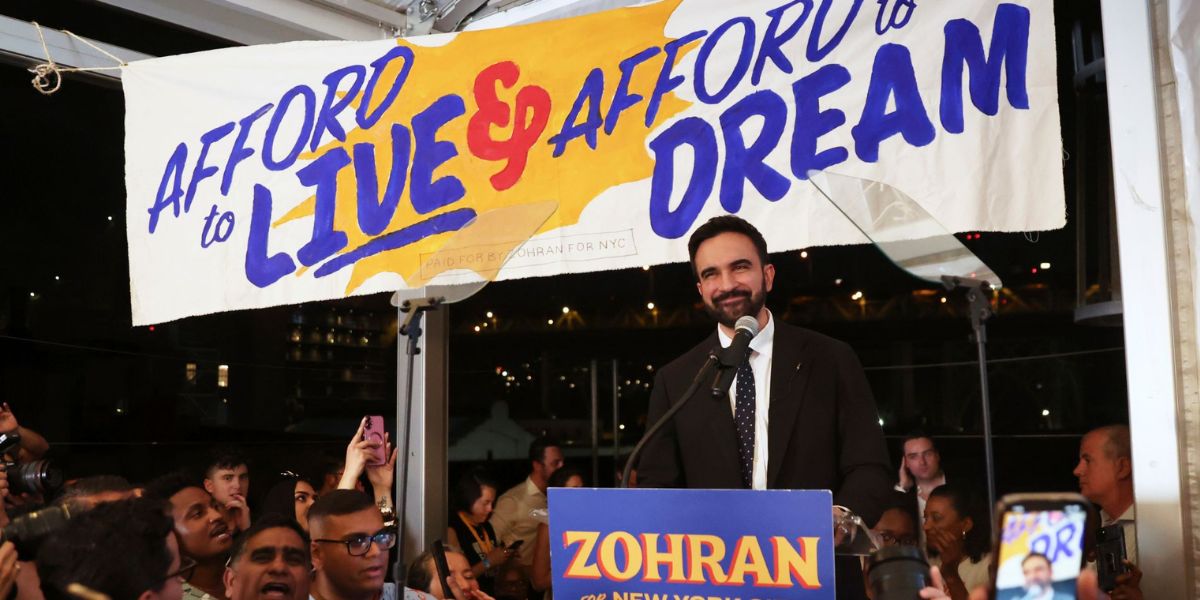Both the House and Senate versions of the budget reconciliation bill include an increase to the child tax credit; however, the House proposal provides a larger payout to families.
What is the Child Tax Credit?
The child tax credit is a partially refundable tax benefit aimed at helping families with children or dependents under age 17. Parents and guardians earning $200,000 or less annually are eligible to claim the full $2,000 credit per child, through tax year 2025.
After 2025, without new legislation, this credit will revert to $1,000 per child due to the expiration of the 2017 Tax Cuts and Jobs Act.
House vs. Senate Plans
Congress is currently working on increasing the maximum credit amount through the budget reconciliation process, but the proposals from the House and Senate differ:
- House Proposal: The maximum credit would be raised to $2,500 per child and remain at that amount until 2028. Afterward, it would drop to $2,100 and adjust for inflation thereafter.
- Senate Proposal: This plan increases the credit to $2,200 per child, with inflation adjustments starting in 2026.
Both proposals maintain the refundable portion of the credit at $1,700, meaning families who owe taxes can receive up to $1,700 of the credit as a refund if they do not have enough tax liability to use the full credit amount.
Who Still Doesn’t Qualify for the Full Benefit?
Despite the increase in the child tax credit, 17 million children are expected to miss out on the full benefit. This is because the credit is not fully refundable, meaning families who earn less than $2,500 annually are ineligible for any portion of the credit.
Families earning more than $2,500 may qualify for the additional child tax credit, but if they do not owe enough income tax, they might not receive the full credit.
Currently, 2 million children don’t qualify for any child tax credit because their families earn less than $2,500. Another 15 million children receive only a portion of the credit because their families make more than $2,500 but do not earn enough to cover the full tax liability.
Read Also: Driving Without Inspection Sticker Can Lead to Costly Consequences, DMV Says
New Restrictions
Both the House and Senate proposals continue the 2018 restriction requiring children to have Social Security numbers in order to claim the credit. This rule caused 1 million children to lose eligibility when it was introduced.
The House proposal also includes a new requirement that both parents need Social Security numbers to claim the benefit, whereas the Senate proposal only requires one parent to have one.
Changes for Married Couples Filing Separately
Currently, married couples who file separately can still claim the child tax credit for eligible children. However, the House proposal will end this eligibility, while the Senate proposal will maintain it.
Impact on Families
Under the House proposal, the number of children who do not receive the full benefit would increase from 17 million to over 26 million, according to estimates from the Tax Policy Center.
Next Steps
The future of the child tax credit proposal is currently uncertain, with conflicting reports on whether Senate Republicans have the necessary support to pass the bill.
President Donald Trump has urged lawmakers to send the bill to his desk by July 4. Senate Majority Leader John Thune (R-S.D.) has expressed confidence that this will happen.
What Do You Think?
Do you think these proposed increases to the child tax credit will help families? Or do you think more needs to be done to make the credit more accessible to lower-income families?
Share your thoughts below and stay informed with updates on this important issue. For more updates and in-depth analysis, visit our website at RidgecrestPact.org.

